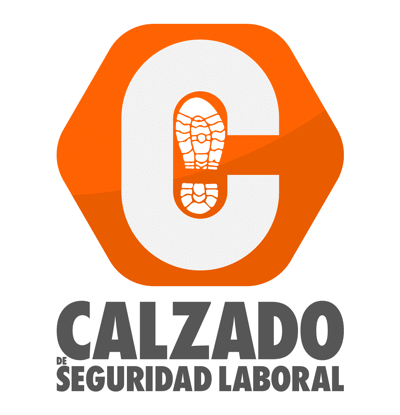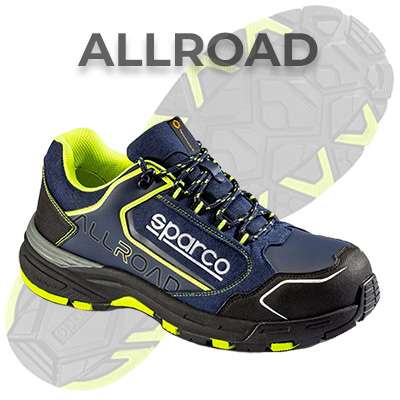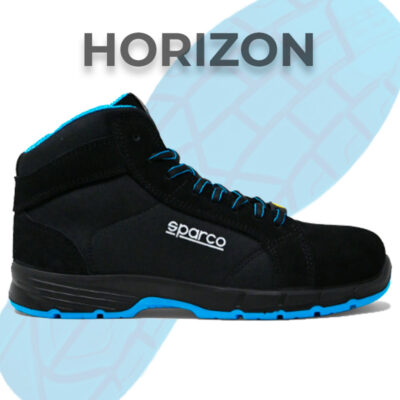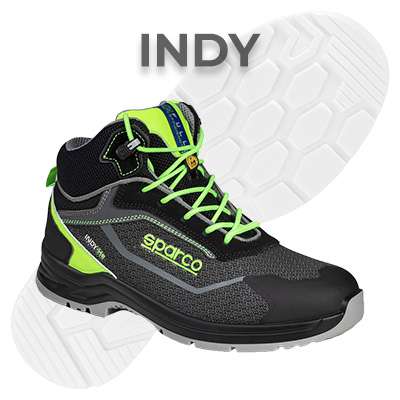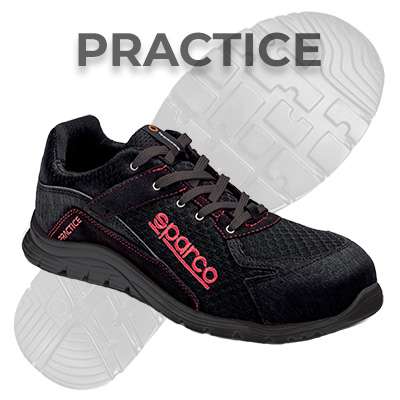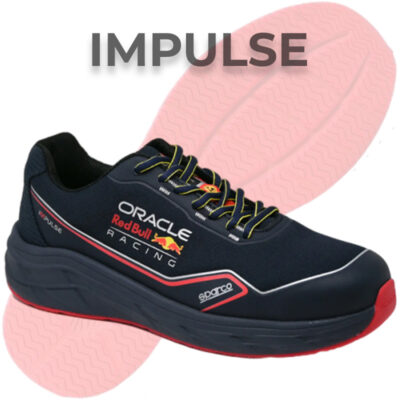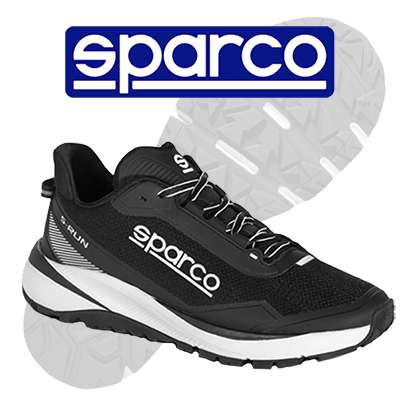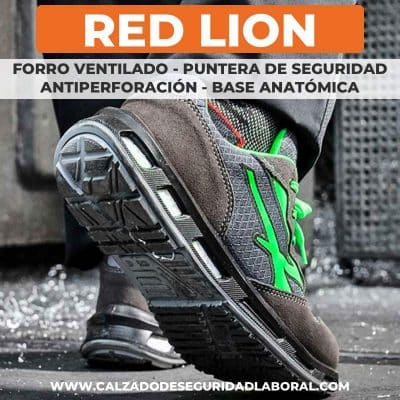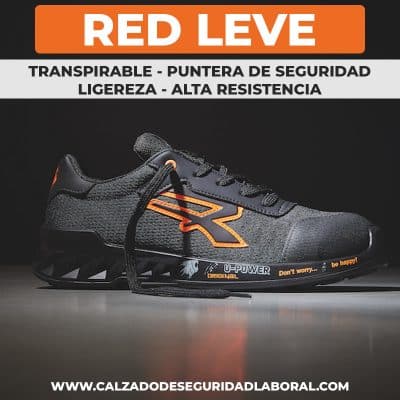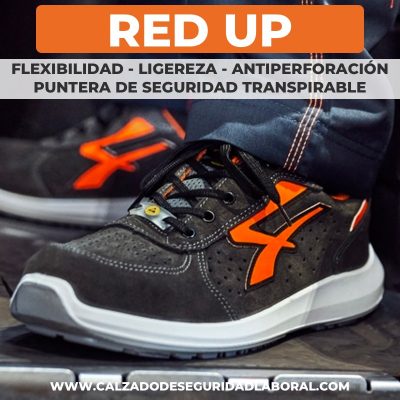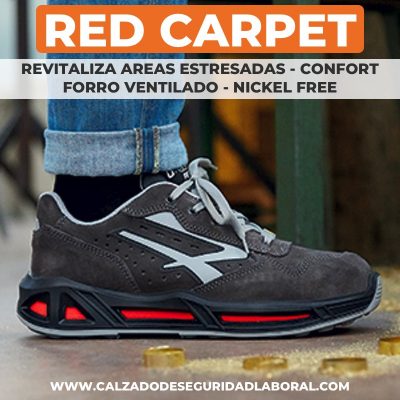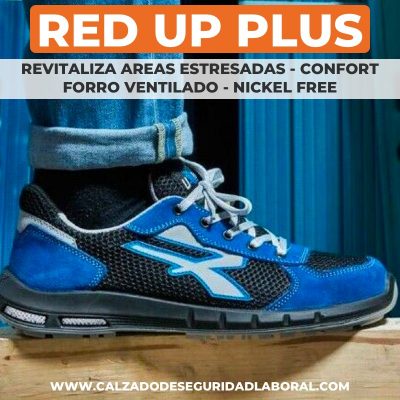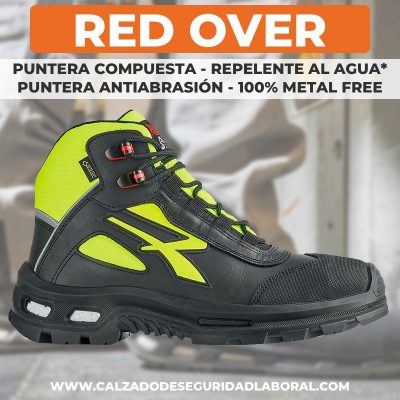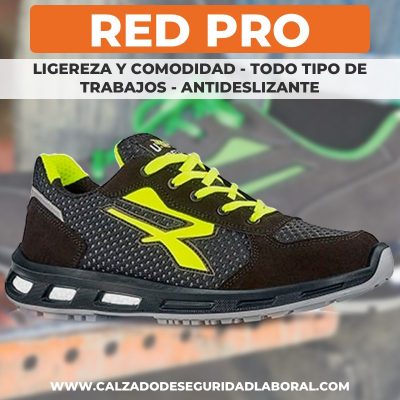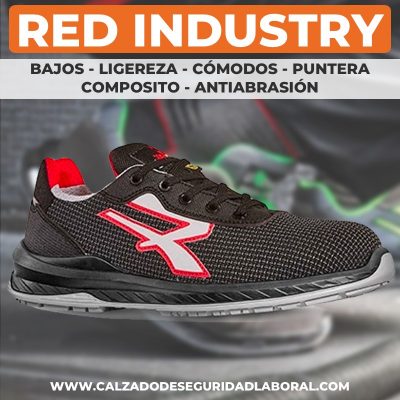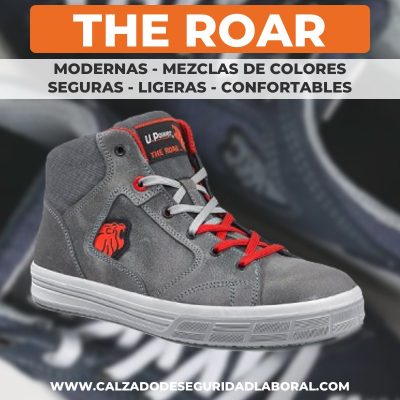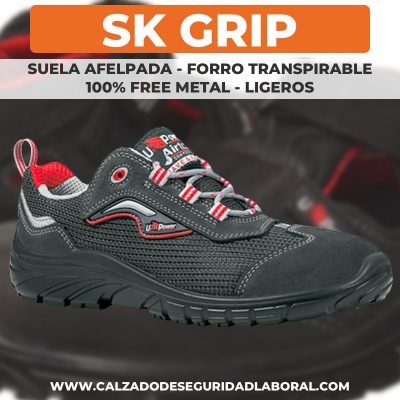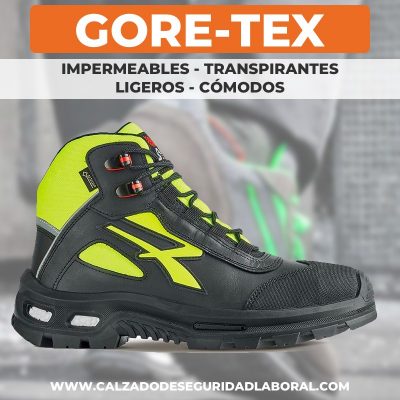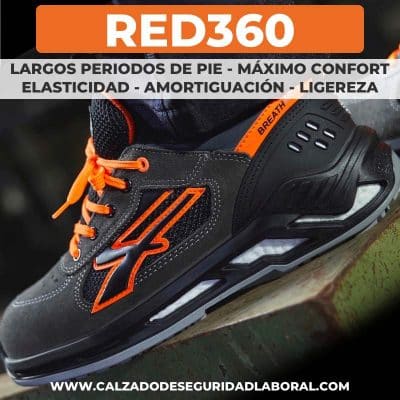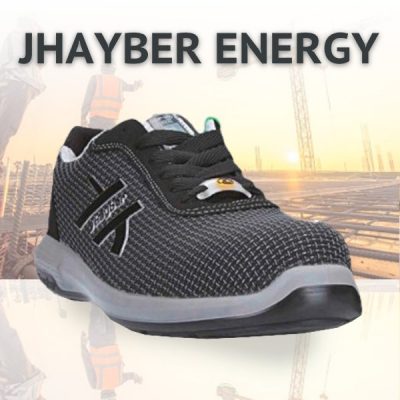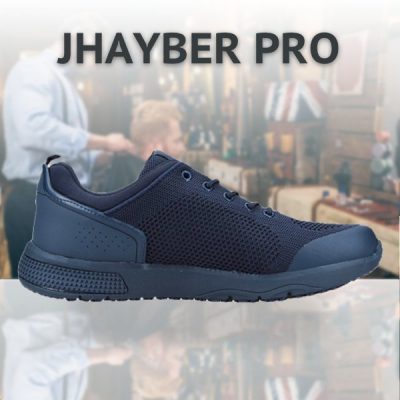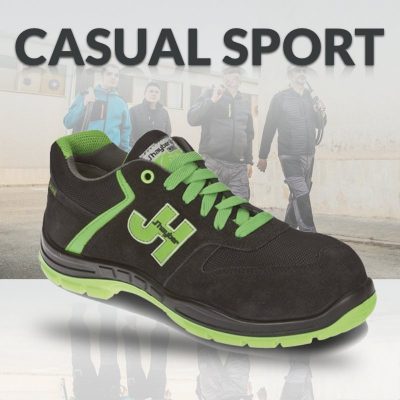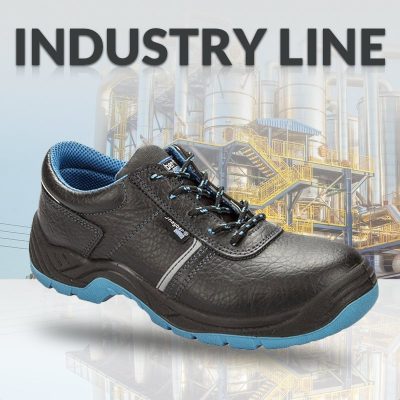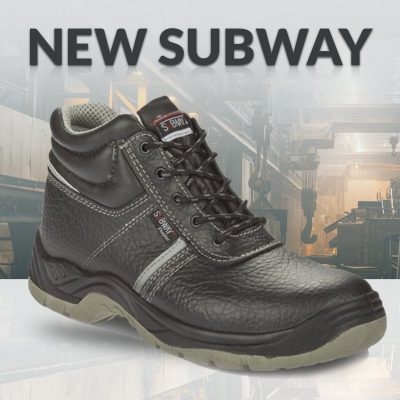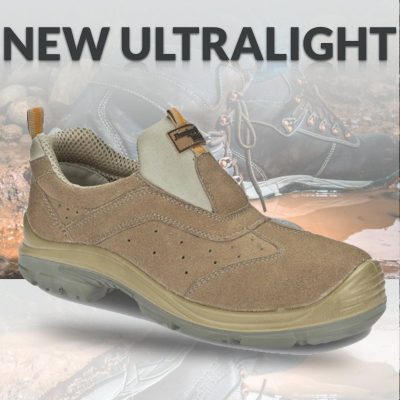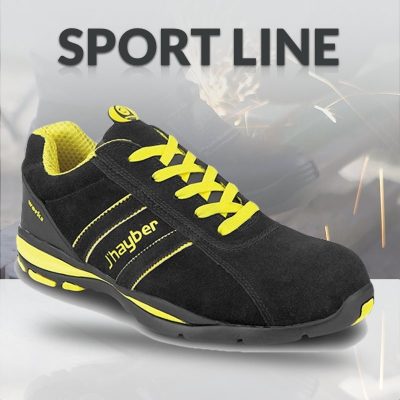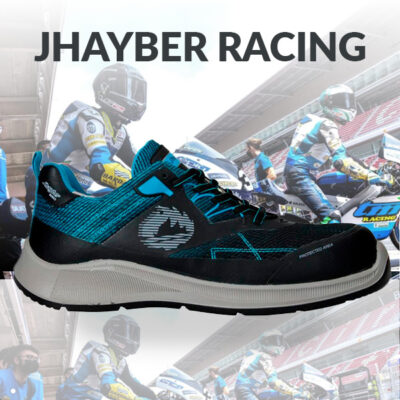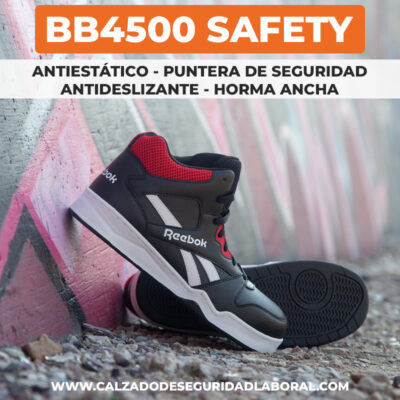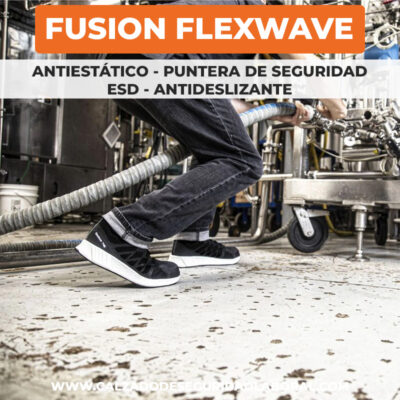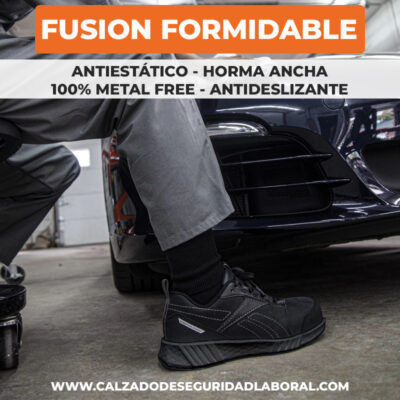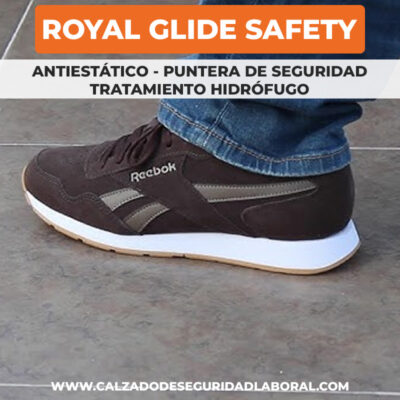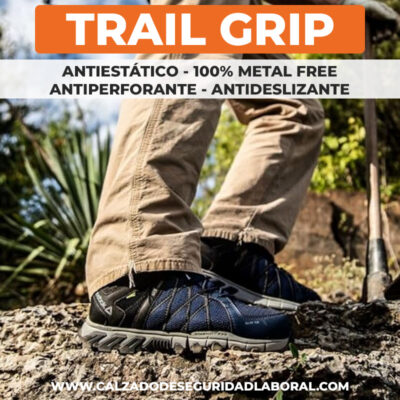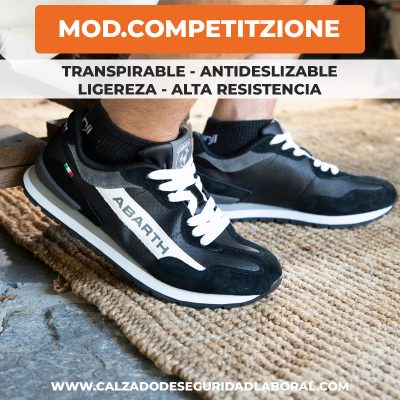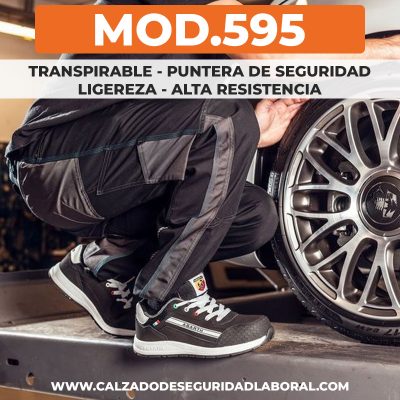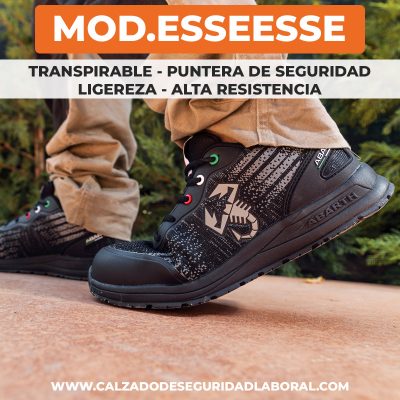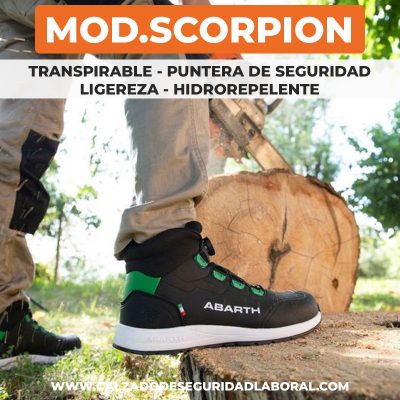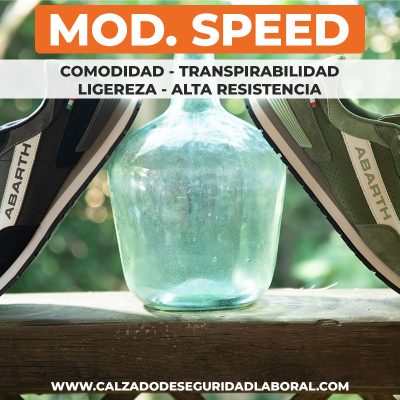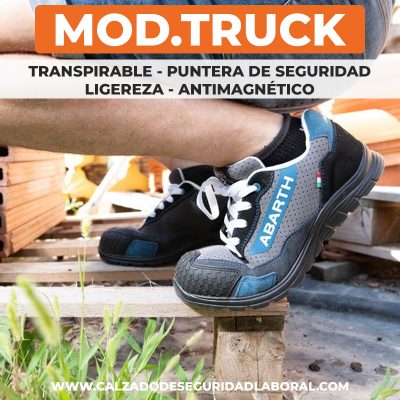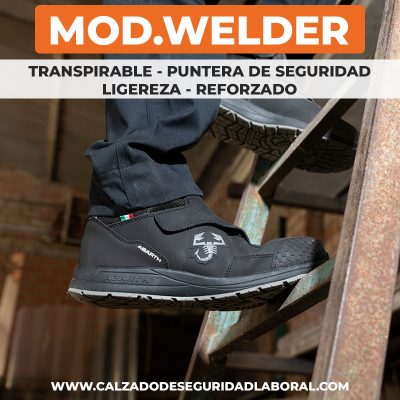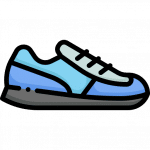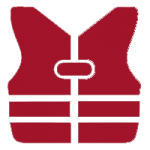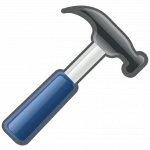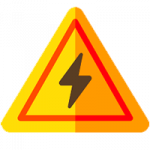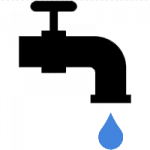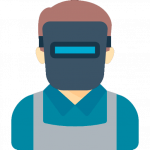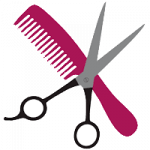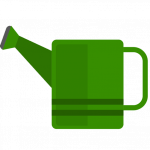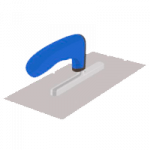Sin categoría
¿Qué importancia tiene el uso del calzado de seguridad laboral?
Quizás todavía no lo sabías pero, el calzado de seguridad forma parte del equipo de protección individual que los trabajadores están obligados a llevar en su puesto de trabajo. Su uso es esencial para cumplir con la normativa de salud laboral, ya que son especialmente diseñados para responder a las exigencias de cada tipo de trabajo. ¿Conoces el impacto que tiene en la salud el uso de unos buenos calzados en el trabajo?.
En este artículo vamos a ver algunas de las cuestiones relacionadas a este tipo de calzado.
1. Normativa de salud laboral en calzado de seguridad

Existe una norma aplicada en Europa que regula el uso y lo requisitos del calzado de seguridad. Esta norma EN ISO 20345 es de cumplimiento obligatorio. Su incumplimiento podría traer consecuencias jurídicas por riesgo de accidente laboral.
¿Cuándo es obligatorio llevar botas de seguridad?
En cualquier trabajo que se realice y que puedan derivar en un riesgo, ya sea por golpes, deslizamientos, cortes, o aplastamientos. El trabajador no puede negarse a utilizar calzado de seguridad puesto que si la evaluación de riesgos valora la posibilidad de lesión, haría su uso obligatorio en toda regla.
2. Aplicación de la Kinesiología (estudio del movimiento)

La Kinesiología es el estudio del movimiento humano, y de la biomecánica que analiza el comportamiento de las estructuras fisiológicas cuando son sometidas a esfuerzos estáticos o dinámicos
La calidad de un calzado de seguridad es fundamental no solo porque ofrece protección inmediata, sino porque en el breve, medio y largo plazo también garantiza un uso que protege la salud psicofísica general de los trabajadores a 360º. Las consecuencias a medio y largo plazo son las más difíciles de intuir pero, si se les presta atención, pueden orientar en la elección del calzado de trabajo para obtener soluciones eficaces y diseñadas de acuerdo con los principios que regulan el delicado equilibrio del aparato locomotor.
¿Cómo tiene que ser el calzado para que sea cómodo?
Cuando esta a punto de elegir un zapato de seguridad, tiene que lidiar con la elección de un calzado cómodo para evitar que le duelan los pies, para eso debemos tener en cuenta estos puntos:
– Que sea ligero:
Cuanto menos sea el peso del zapato, menos se cansarán las piernas y por lo tanto más cómodos te resultarán. Lo recomendable es elegir un zapato que no lleve acero en la punta.
– Que sea flexible:
Una de las características más importantes de un zapato cómodo. Ya que si el zapato es demasiado rígido no te dejará flexionar bien el pie y no será contraproducente.
– De horma amplia:
Lo idea es que sea lo suficientemente ancho para que no te oprima el pie ya que podría provocar rozaduras y molestar.
Existen otros tipos de aspectos secundarios como la transpiración e impermeabilidad o el tipo de cierre que tenga pero que no son esenciales para su desempeño. Dependiendo del tipo de zapato, su cuerpo reaccionará mas o menos favorablemente con respecto a nuestro equilibrio postural. No dudes en probarte los zapatos antes de comprarlos y caminar con ellos para comprobar las sensaciones que transmite a tu cuerpo.
¿Para qué sirven las botas o calzado de seguridad y qué función desempeñan?
Su función principal es proteger al trabajador de los peligros de diferentes actividades laborales y así evitar accidentes. El calzado profesional de seguridad garantiza la integridad de los pies y la pierna frente a lesiones ligamentosas, fracturas y hasta enfermedades, además de corregir la postura. A continuación veremos los riesgos a los que estamos expuestos y que estos calzados son capaces de protegernos
Las botas de seguridad nos protegen de:
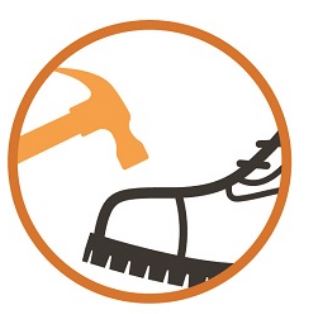
Caída de objetos
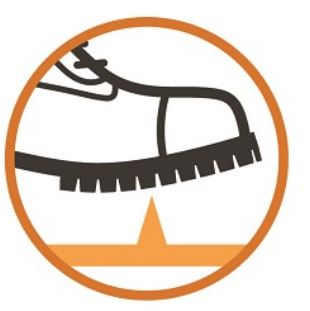
Perforaciones o cortes
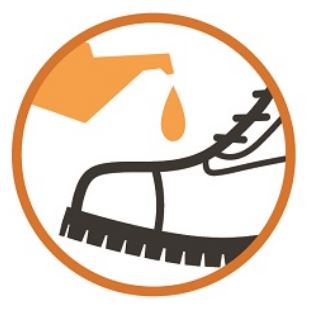
Aceites e hidrocarburos

Resbalones y caídas

Riesgos eléctricos
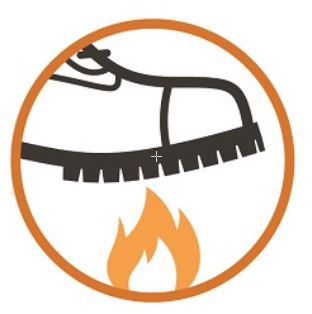
Quemaduras por altas temperaturas
Características de un buen calzado de seguridad:
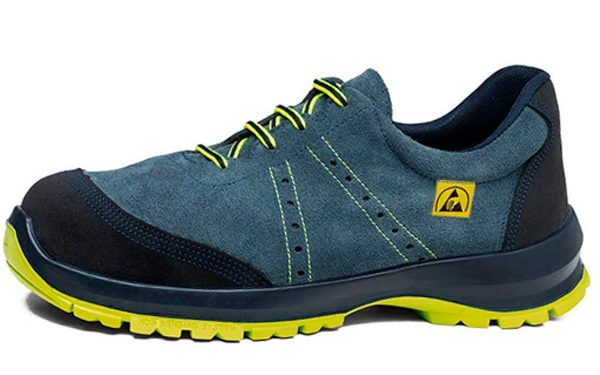
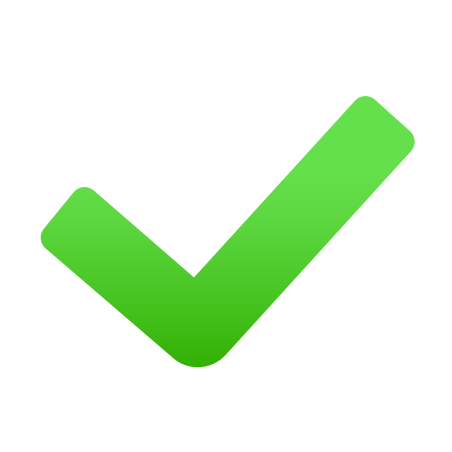



Principales ventajas y beneficios del calzado de seguridad
A corto Plazo
- Máxima adherencia y seguridad
- Menor cansancio al final del dia
- Menor fatiga en los movimientos en las mismas horas trabajadas
- Menor gasto energético durante el desplazamiento
- Alivio de la pesadez de piernas
- Reducción del riesgo de accidentes por resbalamiento
- Reducción del riesgo de accidentes relacionados por tropiezos
- Reducción de factores de riesgo que conducen a posturas dañinas
- Reducción de factores de riesgo relacionado con la cervical (ej: tortículis)
- Reducción de factores de riesgo relacionados con calambres.
- Reducción de factores de riesgo relacionados con contracturas musculares.
- Reducción de factores de riesgo relacionado con lumbalgia aguda
- Reducción de riesgos relacionados con choques al sistema esquelético
- Reducción de la aparición del cortisol (hormona del estrés)
A medio Plazo
- Mayor equilibrio
- Mayor rapidez de reflejos
- Menor pesadez de piernas
- Mayor sensibilidad y percepción de las piernas
- Reducción y/o desaparición de dolores músculofasciales en las piernas
- Reducción y/o desaparición de dolores articulares en las piernas.
- Mejor circulación y oxigenación de las piernas
- Mejora del nivel de fuerza en las piernas
- Reducción/ desaparición de dolores relacionados con el nervio ciático
- Mayor oxigenación en los músculos y el los órganos internos
- Mejor funcionalidad muscular
- Mejora la movilidad articular
- Reducción y/o desaparición de dolores o inflamaciones
- Adquisición de más libertad de movimiento
- Reducción y/o desaparición de posibles dolores de cabeza
- Reducción y/o desaparición de dolores músculofasciales en las extremidades superiores
- Reducción y/o desaparición de hormigueos
- Reducción y/o desaparición de los síntomas de la artritis
A largo Plazo
- Reducción y/o desaparición de dolores crónicos
- Mejora de la fuerza de las piernas
- Mayor oxigenación de la espalda
- Mejora la movilidad de la columna vertebral
- Mejora de la postura estática y dinámica
- Mejora de las funciones gastrointestinales
- Mejora de las funciones orgánicas generales
- Mayor oxigenación de la médula espinal
- Normalización del STP (Sistema Tónico Postural)
- Reducción de callos y endurecimientos plantares
- Mejora del apoyo plantar
- Mejora del andar
- Reducción de los síntomas de la artrosis
- Mejora de las energías al despertar por la mañana
- Mejora de la funcionalidad respiratoria
- Reducción y/o desaparición de trastornos relacionados con disfunciones posturales
- Mayor conciencia corporal
- Mejora de las capacidades de cura espontánea (sistema inmunitario)
